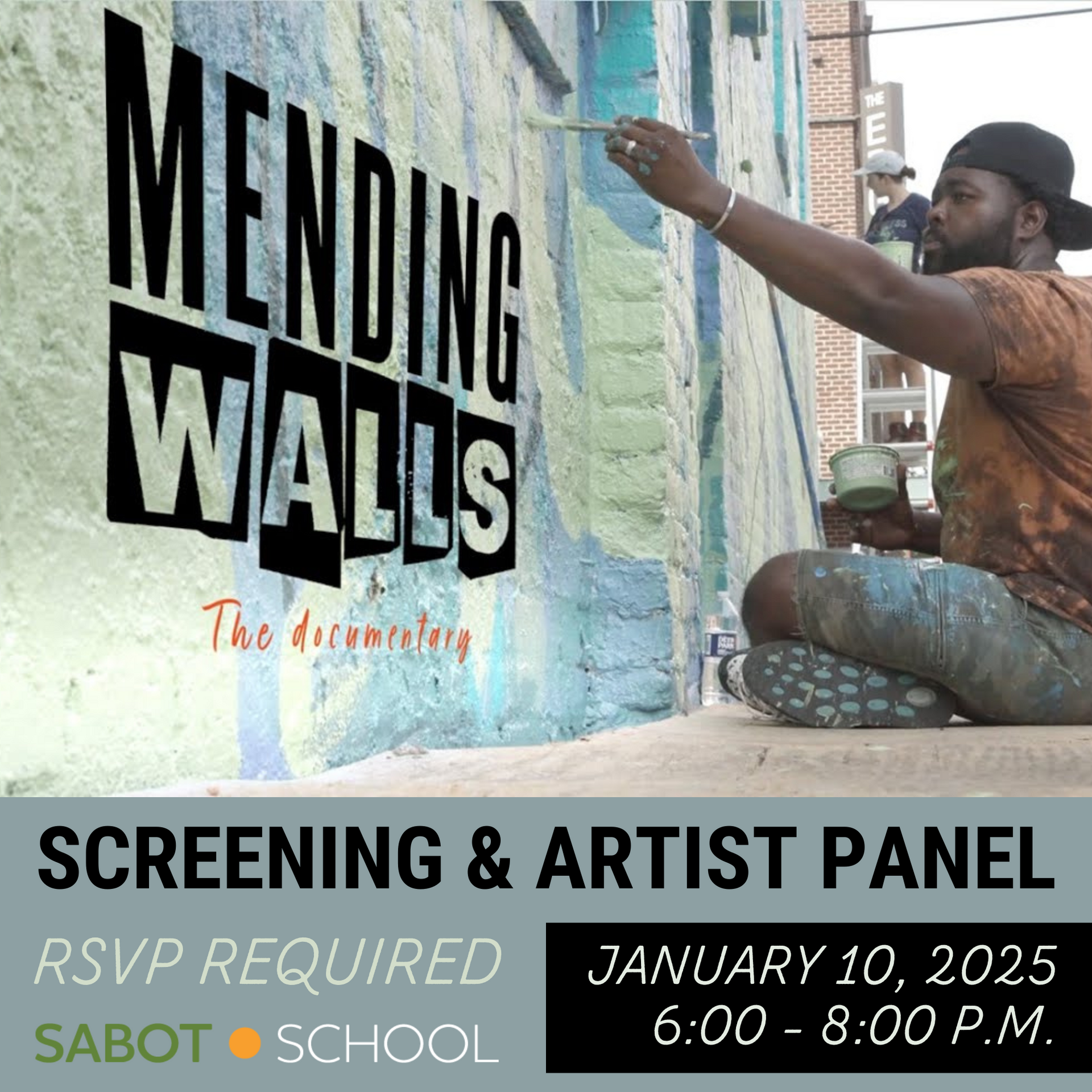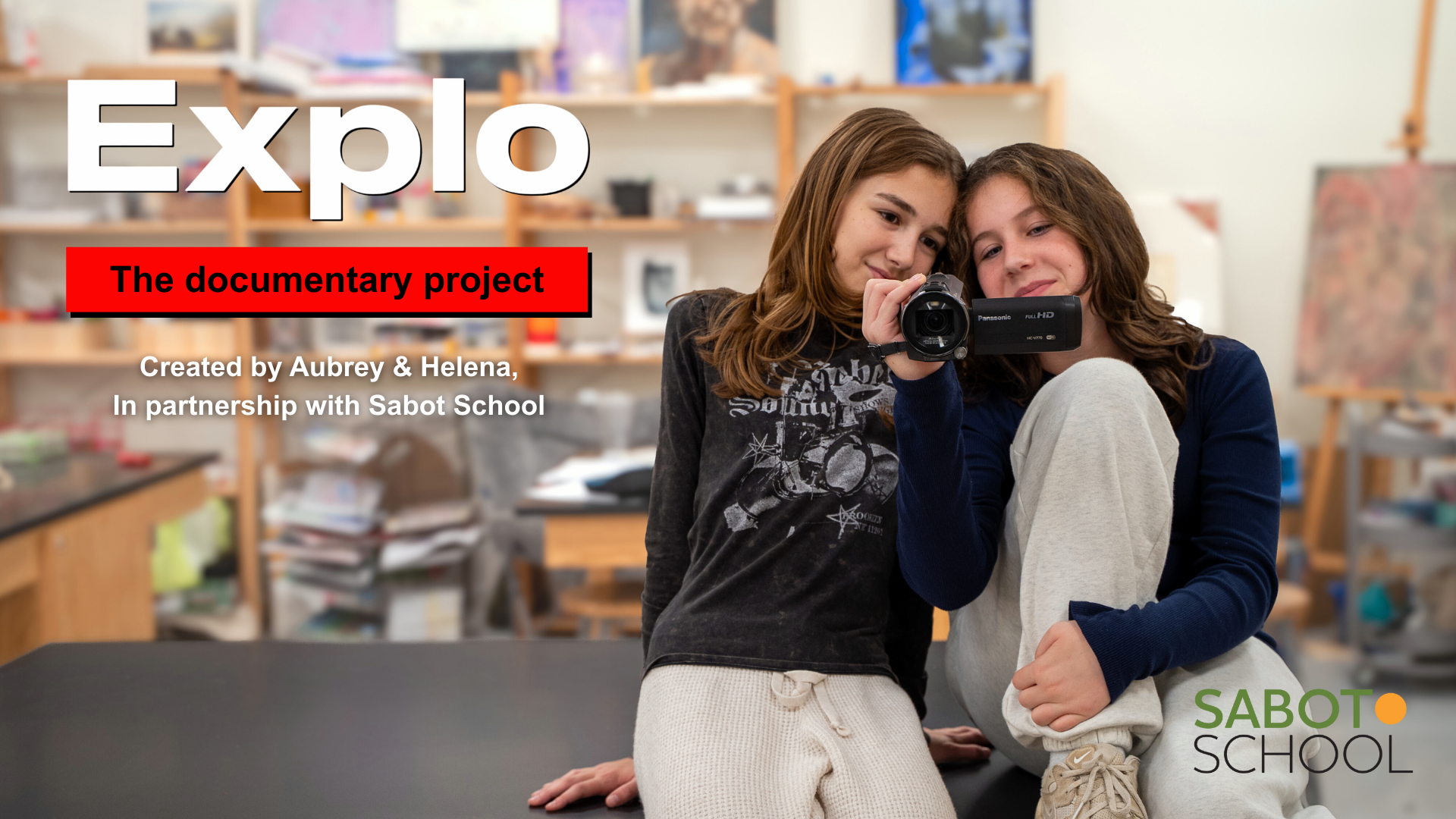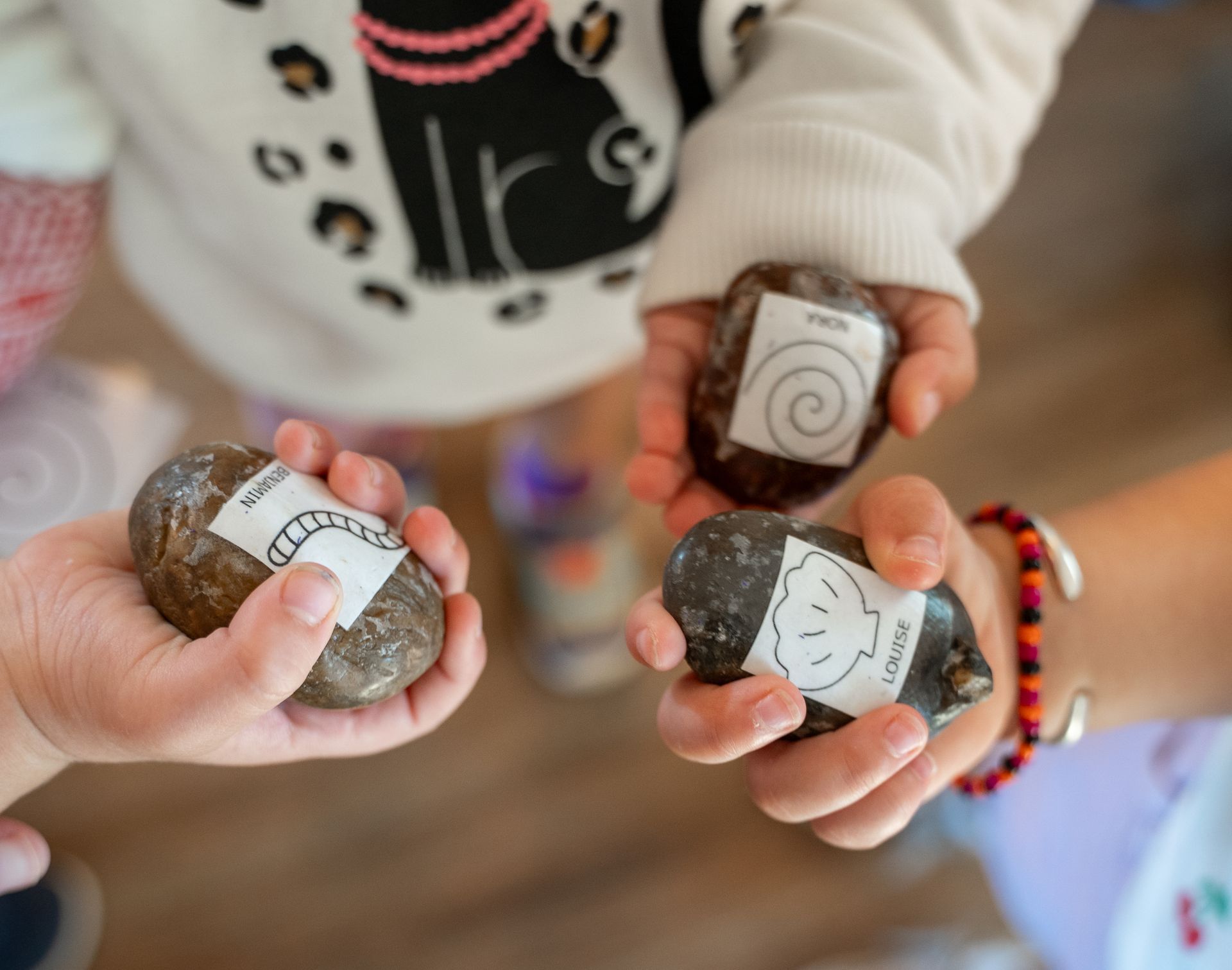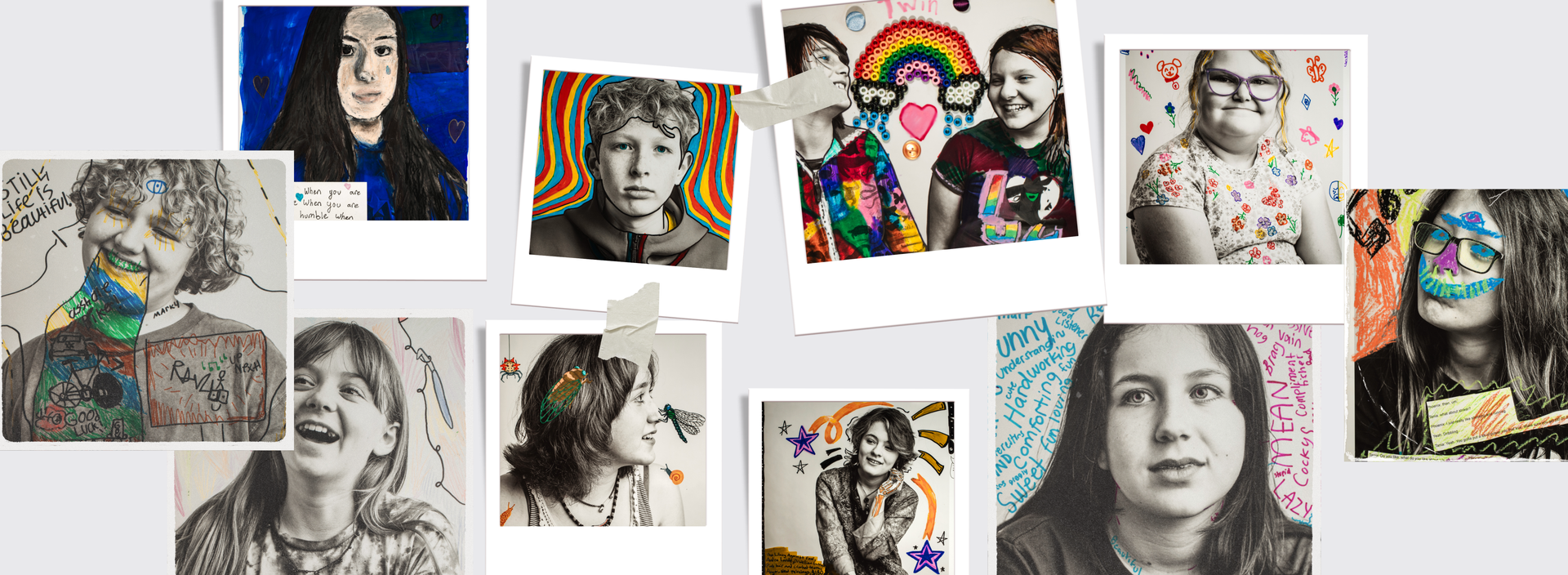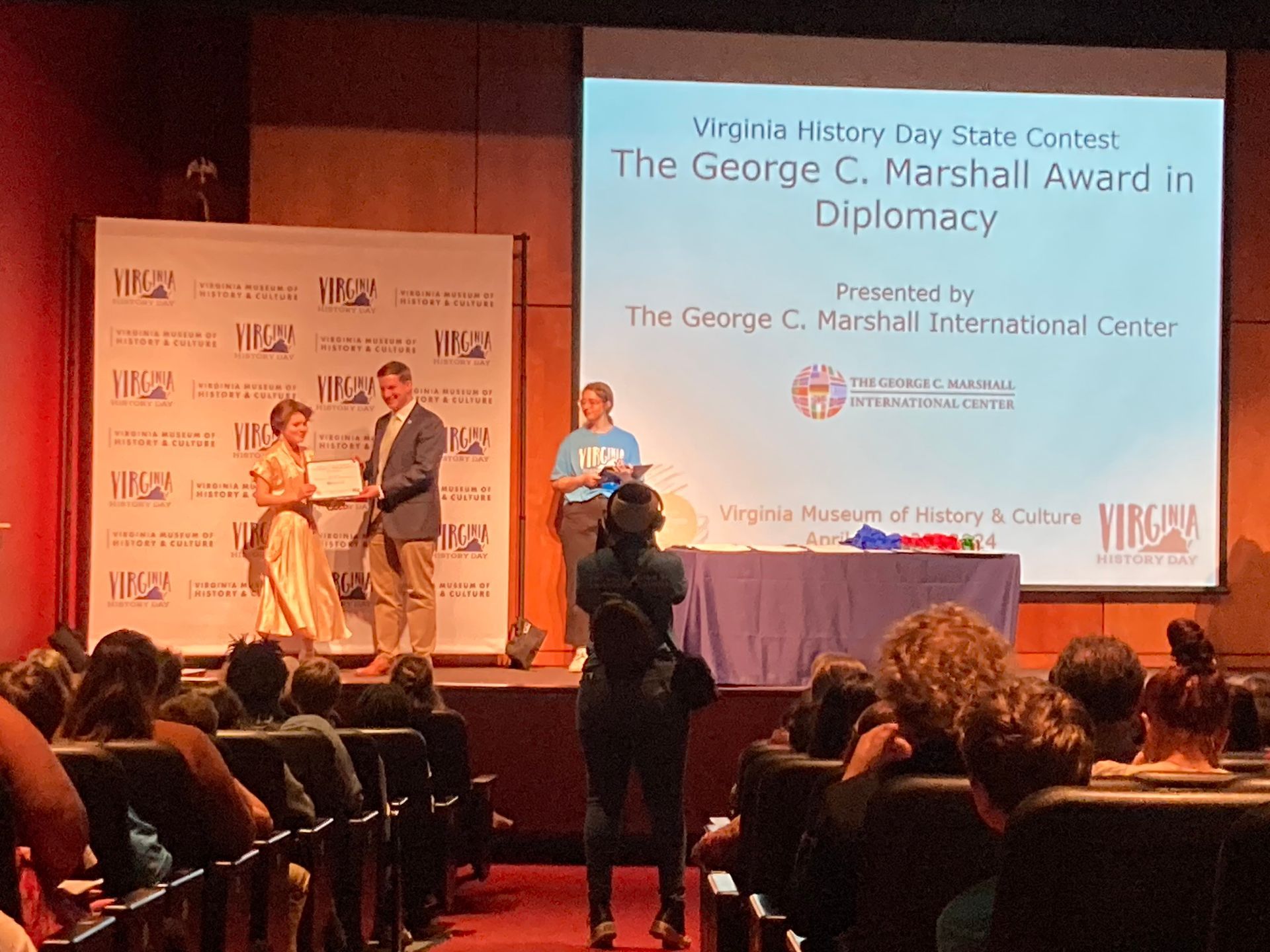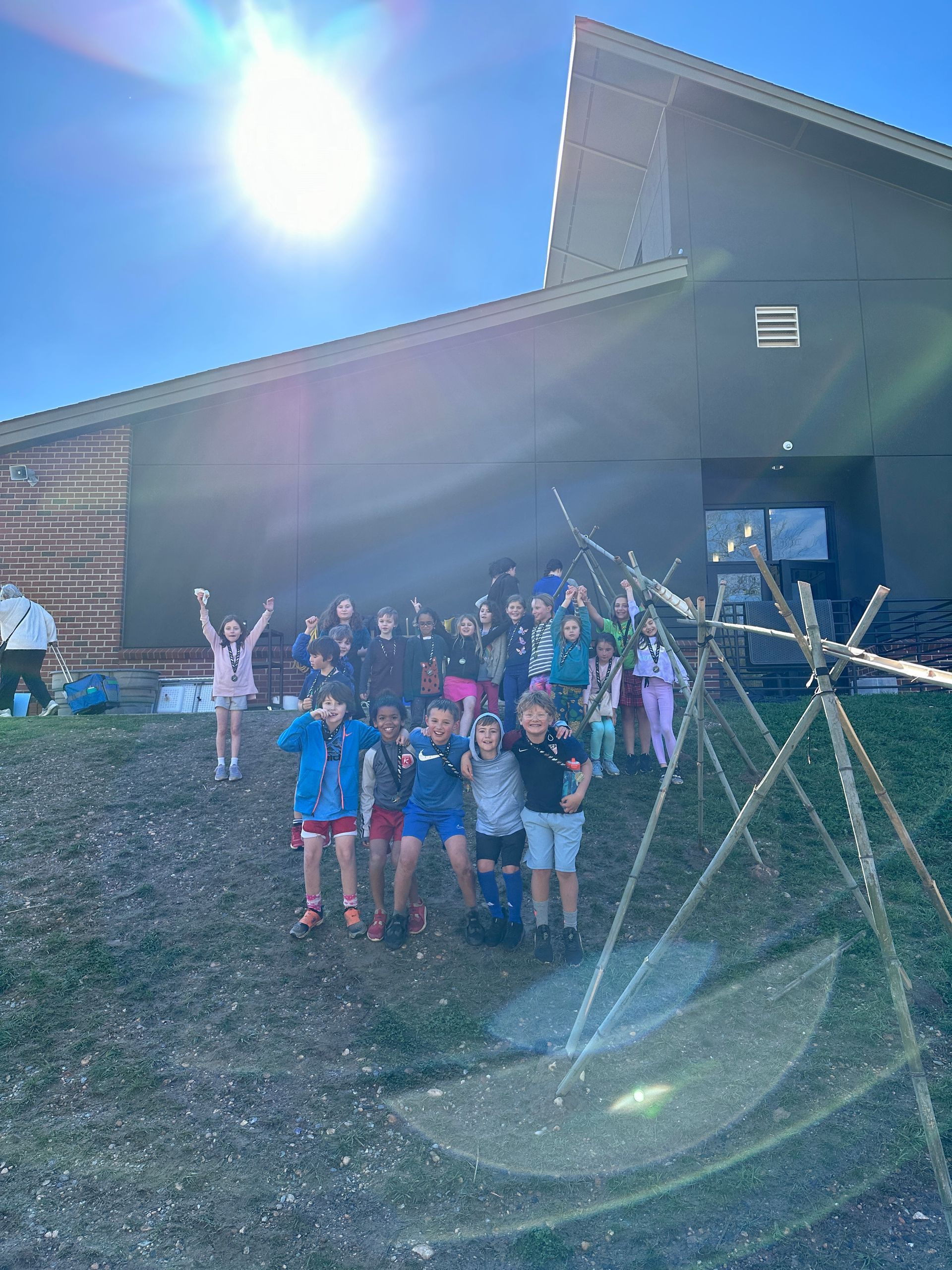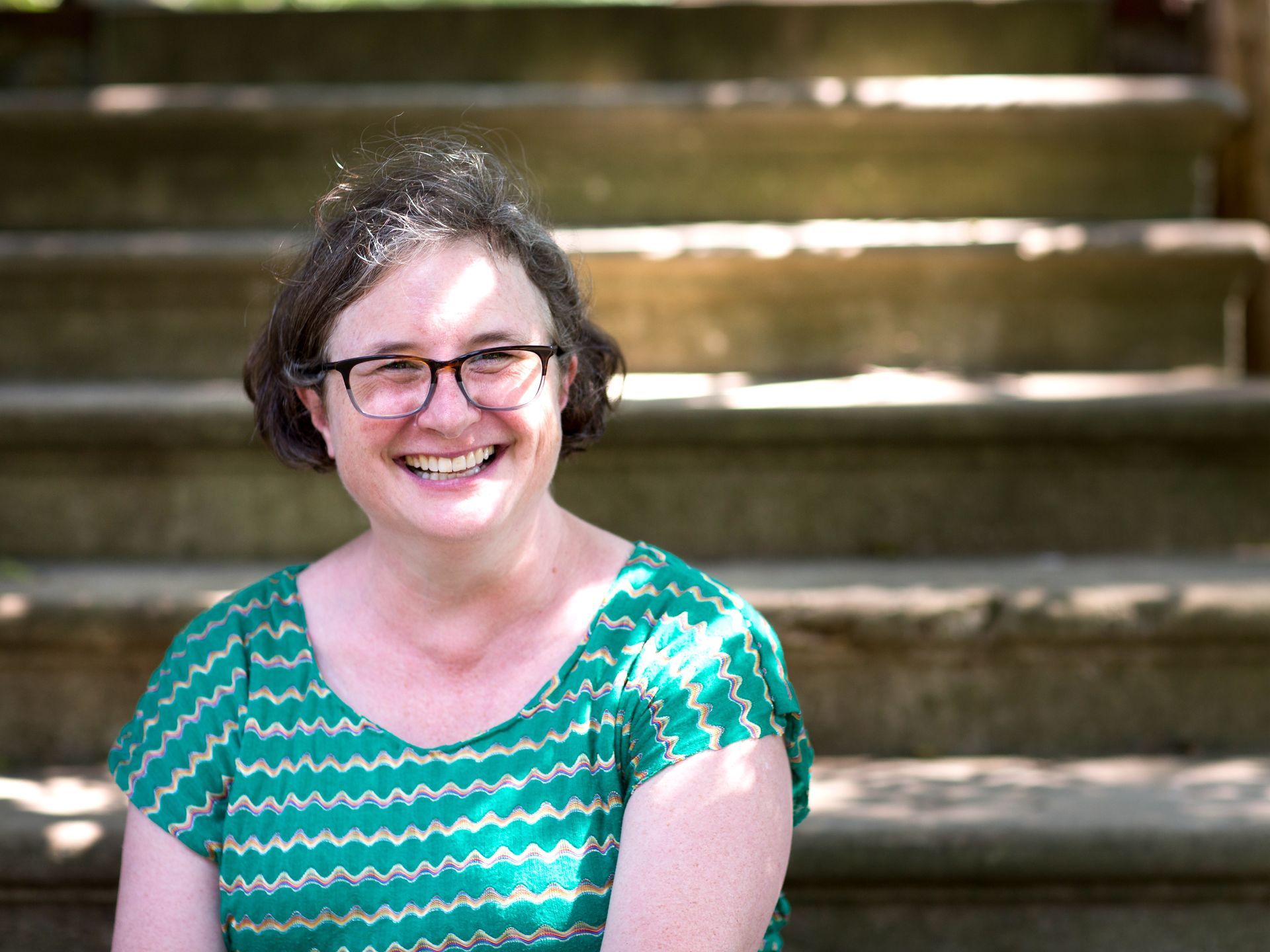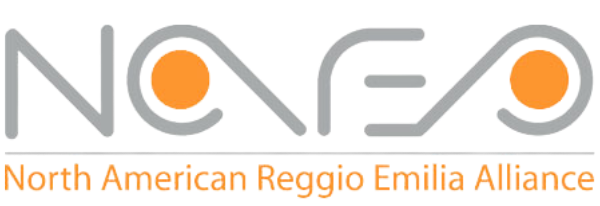Finding Connection Through Connected Learning
by Melanie Nan, Fourth Grade Teacher-Researcher
 “The best part about school is you get to learn with your friends.” Sam
“The best part about school is you get to learn with your friends.” Sam
At Sabot, we haven’t moved to distance or virtual learning but connected learning. This wording is so important to the philosophy and pedagogy of our school. We place a high value on the collaborative environment, recognizing that many minds coming together leads to creative problem-solving.
Straight after spring break, we made the move to connected learning, a new way of teaching and learning, and that feeling of connection became fuzzy. The children had been apart for a week and, no doubt, did not expect to be apart for the rest of the year.
One of my fourth graders was worried that, in September, “we won’t recognize each other.” In our first virtual hangout, the children continued to share their feelings with each other:
“I miss seeing everyone, I miss having other people, I miss company.”
“We aren’t going to know each other much!”
“It is weird not seeing our friends.”
“I am not keeping track of the days and it is freaking me out.”
“I want to be with people.”
“I want my friends back.”
Noticing the need for connection, I decided to utilize the blog section of Seesaw so the children could see each other’s work. As soon as it went up, photos of favorite shoes appeared… artworks, pictures of pets, little notes to each other that encouraged conversation. One child began videoing a question of the day.
Posing a question of the day.
Learning a New Language
At Sabot we value the time spent “messing about” when we are introduced to a new language. This is important as the children grapple with the affordances of that language and become familiar with it. Because of the pandemic, the children were suddenly introduced to a whole new language – that of connected learning in a digital environment.
First, the children needed to “mess about”. They played with the tools on Seesaw. They chatted in silly ways on the first Google chat, preferring to write rather than talk.
Twice a week now, we learn in a synchronous environment. The focus on these “classes” is that we can learn from each other. Most times, we share ideas in small groups, which allows everyone the chance to speak and to listen to their classmates. Other times, we meet as a whole class if something needs to be clarified, like a math strategy.
But the answer is not total synchronous learning. In fact, research shows that a combination of synchronous and asynchronous learning is most successful. Additionally, with varying family schedules and circumstances, total synchronous learning just isn’t possible. So the question becomes, how can we keep the synchronous meetings down, yet keep the connections high?
Keeping Connections High
The children need to make connections with each other and with me, daily. They need to know that I am there to help them navigate the activities, to give them feedback, to ask and answer questions. They need to know that their classmates are with them too, that they can still learn in a collaborative environment.
So how can I, as their teacher, help them to maintain their connections?
I make sure to be on Seesaw for most of the day and to comment on everyone’s work, every day. So very often that they might reply with a simple thanks, but the connection is there. Very often, I find myself in rich conversations, like this recent one:
Melanie: Eve, I had a feeling you would enjoy this activity! I notice you chose the US algorithm to solve each problem, nice choice! You explained your thinking so clearly in the video.
Eve: thank you. I know how to do it with 4 digits now. it’s really fun and pretty simple once you get the hang of it
Melanie: 4 digits, that’s lots of math thinking! Once you understand how the number system works, this is an efficient strategy.
Eve: yeah. it’s super fun
Inspired by the children in my class with dyslexia who very often give voice comments rather than written, I make sure to give them voice comments back. I now find myself recording audio more often to more of the children, and they have reported that hearing my voice is helpful.
On the blog posts, the children are following suit; they are giving each other voice feedback, and in a strange way, it feels like conversation. When everyone comments on everyone’s work, the feeling of connection and community continues.
Penelope gives Annabel feedback on a writing piece.
Building on this, I have recently added video instructions. Sometimes I simply explain the work, other times I use the Seesaw tools to show an example. By allowing the students to see and hear me every day, we create connection. Students respond with video, and I can easily see their thinking process as they solve problems and share ideas.
Now that the children have become more familiar with connected learning and the digital tools they have, their connections are evolving too. At first, they were purely social and now have moved to the academic. They ask for input from their classmates for their project work through a Google Doc or a blog post. Others have Facetime sessions to work on a math problem together. Now, they have started to use these new languages as a regular tool.
Children who have been feeling overwhelmed by the change have been using connection to bring themselves back into the group, be it attending a synchronous class or by posting pictures of pets, sharing some music, or sending a “Hi!” on the blog.
My fourth graders have been thrown into an unknown and scary world where they have little control, but they still feel the need to be part of something. The need for connection is important, and it is powerful. Even though we are not together on the campus of our school, the connection is there. It is in their photographs, their comments, their questions, and their work. By hearing each other’s voices and seeing each other’s faces, they are fostering the connections they need to stay part of a larger community.
The post Finding Connection Through Connected Learning appeared first on Sabot at Stony Point.
SHARE THIS POST
